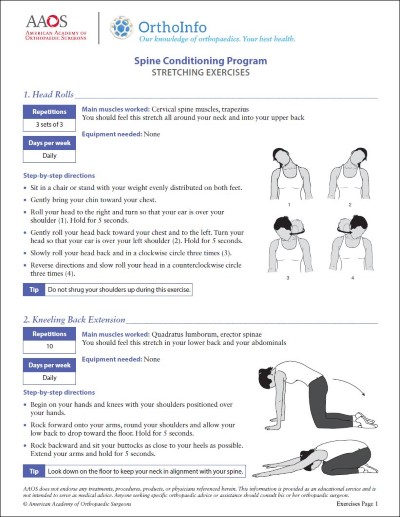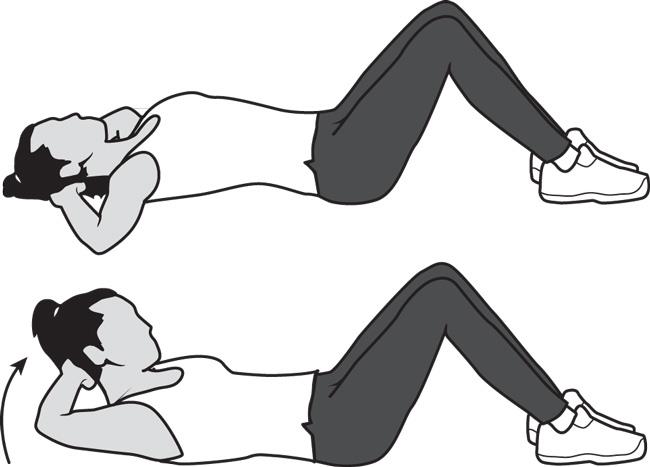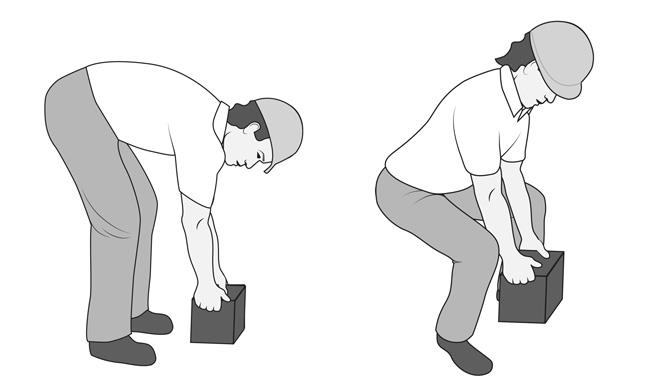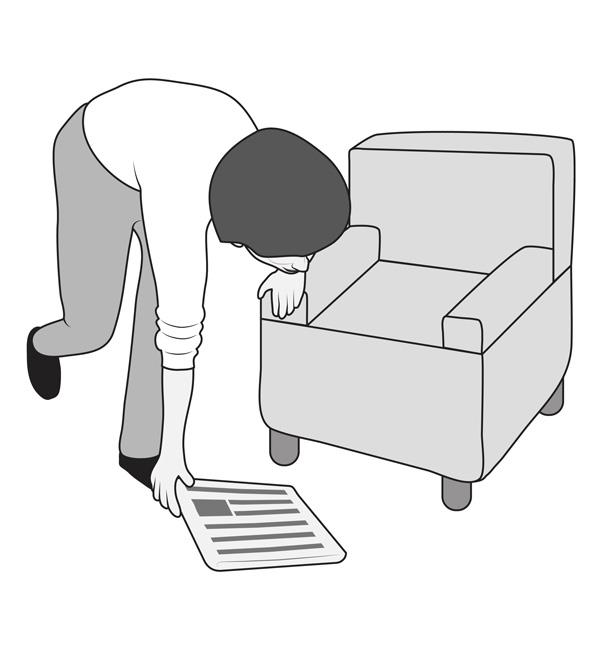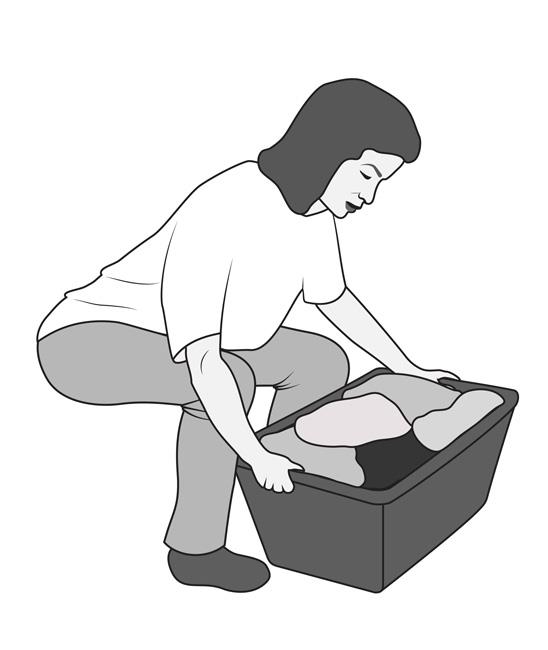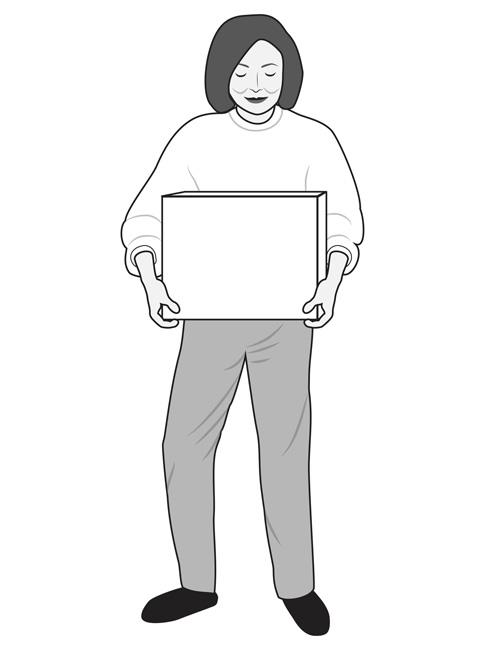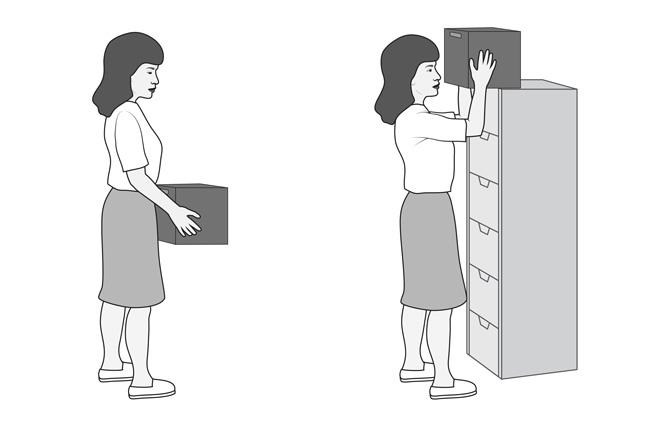Staying Healthy
Preventing Back Pain at Work and at Home
Almost everyone will experience back pain at some point in their life. Back pain varies greatly from one person to the next. It can range from mild to severe, and can be short-lived or long-lasting.
Unfortunately, preventing all back pain may not be possible. We cannot avoid the normal wear and tear on our spines that goes along with aging. There are some things we can do at work and at home, however, to help reduce our risk for developing back problems.
Guidelines for Protecting Your Back
Having a healthy lifestyle is a good start to preventing back pain.
Exercise
Combine exercise, like walking or swimming, with specific exercises to keep the core muscles in your back and abdomen strong and flexible. Strengthening your core muscles will help support your spine and can help prevent back pain.
Weight Loss
Maintain a healthy weight.
- Being overweight puts added pressure on your spine and lower back.
- Being underweight can increase your risk for osteoporosis and compression fractures as you age.
Avoid Smoking
Both smoke and nicotine can cause the flexible discs that lie in between the vertebrae in your spine to degenerate, or wear out, faster than normal.
Learn more: Smoking and Musculoskeletal Health
Proper Posture
Having good posture is important in avoiding low back problems. The way you stand, sit, and lift things has an impact on your spine health.
Guidelines for Proper Lifting
- Take some time to determine your plan for lifting and do not rush.
- Position yourself close to the object you want to lift.
- Stand with your feet shoulder-width apart to give yourself a solid base of support.
- Bend at the knees.
- Tighten your stomach muscles.
- Lift with your leg muscles as you stand up.
- If an object is too heavy or is an awkward shape, do not try to lift it by yourself. Get help.
Picking Up a Light Object
To lift a very light object from the floor, such as a piece of paper:
- Lean over the object.
- Slightly bend one knee and extend the other leg behind you.
- Hold on to a nearby chair or table for support as you reach down to grab the object.
Picking Up a Heavy Object
Whether you are lifting a heavy laundry basket or a heavy box in your garage, remember to:
- Get close to the object
- Bend at the knees
- Lift with your leg muscles.
- Do not bend at your waist.
When lifting luggage:
- Stand alongside the luggage
- Bend at your knees.
- Grasp the handle and straighten up.
Holding an Object
- While you are holding the object, keep your knees slightly bent to maintain your balance.
- If you have to move the object to one side, avoid twisting your body. Point your toes in the direction you want to move and pivot in that direction.
- Keep the object close to you when moving.
Placing an Object on a Shelf
If you need to place an object on a shelf:
- Move as close as possible to the shelf.
- Spread your feet in a wide stance, positioning one foot in front of the other to give you a solid base of support.
- Do not lean forward, and do not fully extend your arms in front of you while holding the object in your hands.
If the shelf is chest high:
- Move close to the shelf.
- Place your feet apart and one foot forward.
- Lift the object chest high, keep your elbows at your side and position your hands so you can push the object up and on to the shelf.
- Remember to tighten your stomach muscles before lifting.
Supporting Your Back While Sitting
When sitting:
- Keep your back in a normal, slightly arched position. Make sure your chair supports your lower back. Keep your head and shoulders erect.
- Make sure your working surface is at the proper height and your computer screen is at eye level, so you don't have to lean forward. If possible, get an ergonomic desk that is designed to promote proper posture.
- The chair should be adjusted so your elbows are relaxed, your hands are resting comfortably on the table, your knees are bent at 90°, and your feet are flat on the floor. You can also consider using a Swiss ball (or exercise ball) as your desk chair to protect your back.
Once an hour, if possible, stand, and stretch. Place your hands on your lower back and gently arch backward.
Click on this image to get a downloadable version of the full infographic.
Supporting Your Back While Sleeping
There is no evidence that one brand or type of mattress is better than another; however, it is important to choose one with a good support system. How firm a mattress should be is a matter of personal preference and depends on your own comfort level.
If you wake up in the morning with back pain, it could be a sign that your mattress is not properly supporting your lower back and spine.
Last Reviewed
April 2022
Contributed and/or Updated by
Peer-Reviewed by
AAOS does not endorse any treatments, procedures, products, or physicians referenced herein. This information is provided as an educational service and is not intended to serve as medical advice. Anyone seeking specific orthopaedic advice or assistance should consult his or her orthopaedic surgeon, or locate one in your area through the AAOS Find an Orthopaedist program on this website.








